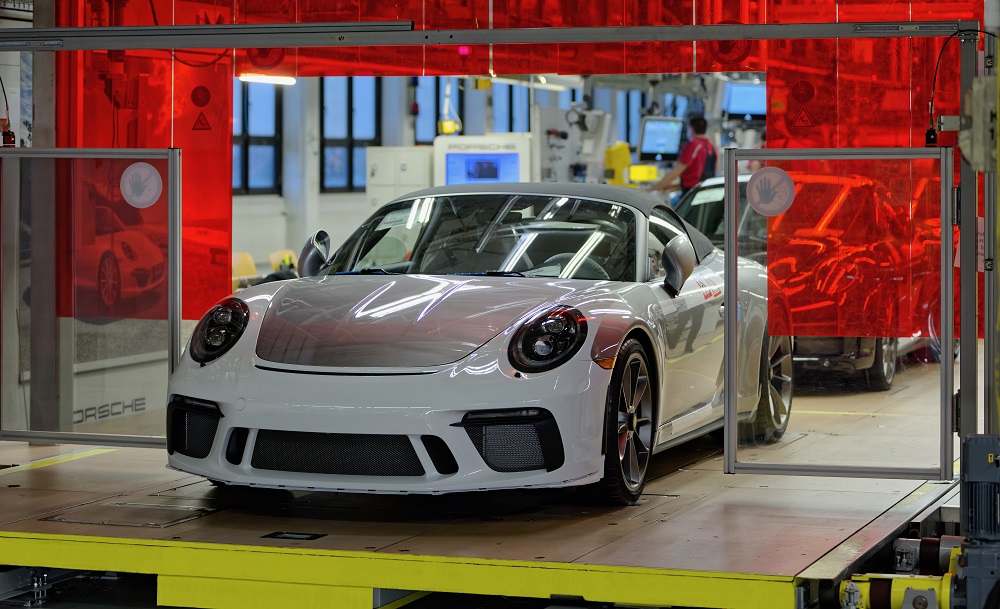The 991 series has been the most comprehensively-developed generation of the 911 to date, and the most successful too, with 233,540 units produced. The final specimen has now rolled off the production line: a 911 Speedster.
"The 991 generation in particular has set new standards in terms of performance, drivability and efficiency," said Chief Research and Development Officer, Michael Steiner. "It fills me with pride, as well as a touch of sadness, to have to send it off into retirement. For myself, I can say that the 991 has given me enormous pleasure."
Launched in 2011 using a lightweight body made of an aluminum-steel composite, it was the first 911 that weighed less than its predecessor. It also came with a 100 mm longer wheelbase compared to the iteration it replaced, and was available with optional roll stabilization. The Cabriolet followed it in the first half of 2012, and at the end of the same year, the Targa was introduced.
The family was then joined by the 911 Turbo, with particulate filter and active aerodynamics, and a limited production series launched in 2013. In the 2016, the 911 R came as a tribute to its 1967 predecessor that wore the same name. The 1 millionth 911 was then celebrated, followed by the most desirable model, the 911 GT2 RS. The Widow Maker was joined by its naturally aspirated sibling, the 911 GT3 RS, and the 70th anniversary of Porsche sports cars was celebrated by the 911 Speedster.
The family was then joined by the 911 Turbo, with particulate filter and active aerodynamics, and a limited production series launched in 2013. In the 2016, the 911 R came as a tribute to its 1967 predecessor that wore the same name. The 1 millionth 911 was then celebrated, followed by the most desirable model, the 911 GT2 RS. The Widow Maker was joined by its naturally aspirated sibling, the 911 GT3 RS, and the 70th anniversary of Porsche sports cars was celebrated by the 911 Speedster.





















